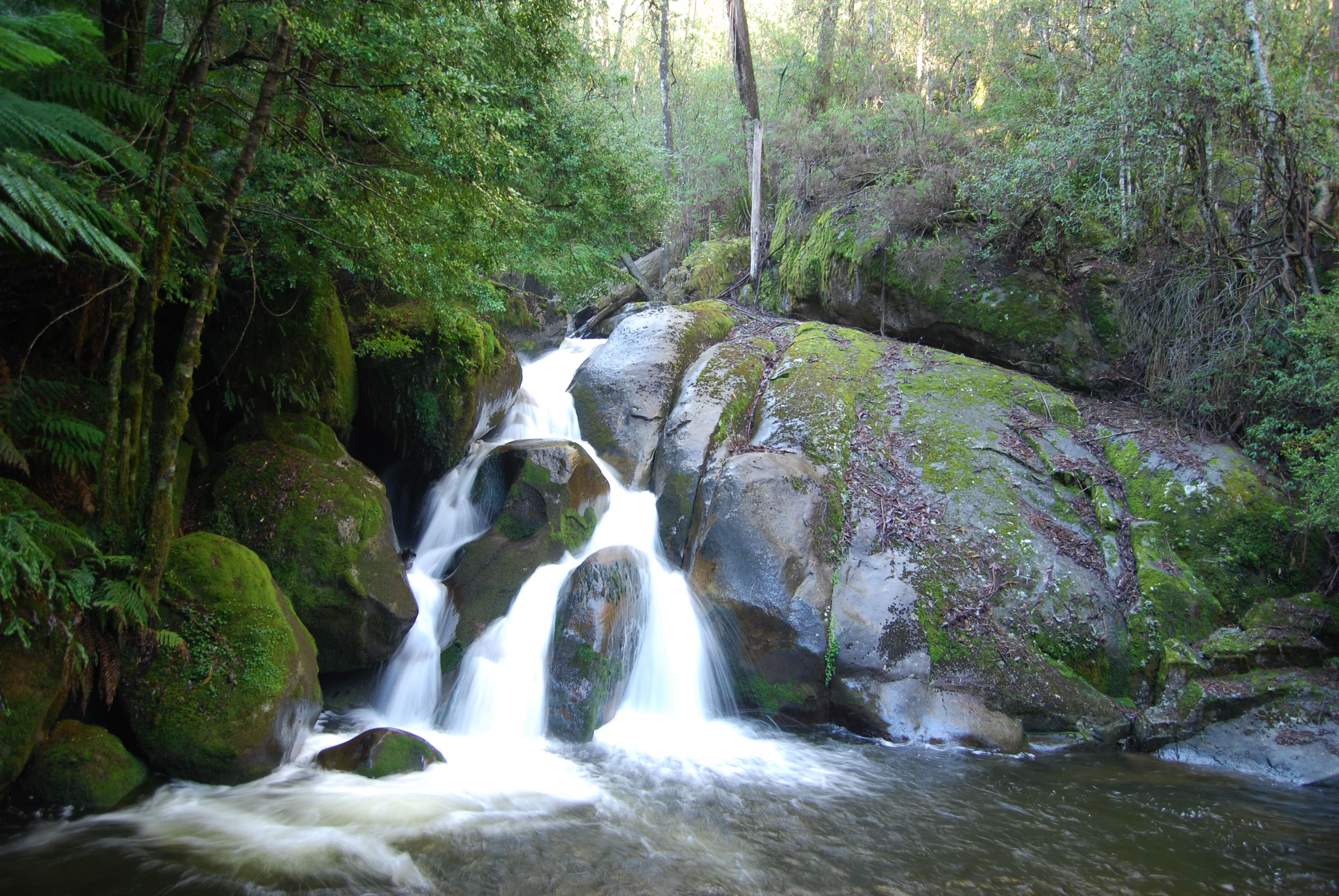Source google.com.pk
The Importance of The Rain Forest
The Importance of The Rain Forest
The beauty, majesty, and timelessness of a primary rainforest are indescribable. It is impossible to capture on film, to describe in words, or to explain to those who have never had the awe-inspiring experience of standing in the heart of a primary rainforest.
Rainforests have evolved over millions of years to turn into the incredibly complex environments they are today. Rainforests represent a store of living and breathing renewable natural resources that for eons, by virtue of their richness in both animal and plant species, have contributed a wealth of resources for the survival and well-being of humankind. These resources have included basic food supplies, clothing, shelter, fuel, spices, industrial raw materials, and medicine for all those who have lived in the majesty of the forest. However, the inner dynamics of a tropical rainforest is an intricate and fragile system. Everything is so interdependent that upsetting one part can lead to unknown damage or even destruction of the whole. Sadly, it has taken only a century of human intervention to destroy what nature designed to last forever.
The scale of human pressures on ecosystems everywhere has increased enormously in the last few decades. Since 1980 the global economy has tripled in size and the world population has increased by 30 percent. Consumption of everything on the planet has risen- at a cost to our ecosystems. In 2001, The World Resources Institute estimated that the demand for rice, wheat, and corn is expected to grow by 40% by 2020, increasing irrigation water demands by 50% or more. They further reported that the demand for wood could double by the year 2050; unfortunately, it is still the tropical forests of the world that supply the bulk of the world's demand for wood.
In 1950, about 15 percent of the Earth's land surface was covered by rainforest. Today, more than half has already gone up in smoke. In fewer than fifty years, more than half of the world's tropical rainforests have fallen victim to fire and the chain saw, and the rate of destruction is still accelerating. Unbelievably, more than 200,000 acres of rainforest are burned every day. That is more than 150 acres lost every minute of every day, and 78 million acres lost every year! More than 20 percent of the Amazon rainforest is already gone, and much more is severely threatened as the destruction continues. It is estimated that the Amazon alone is vanishing at a rate of 20,000 square miles a year. If nothing is done to curb this trend, the entire Amazon could well be gone within fifty years.
Massive deforestation brings with it many ugly consequences-air and water pollution, soil erosion, malaria epidemics, the release of carbon dioxide into the atmosphere, the eviction and decimation of indigenous Indian tribes, and the loss of biodiversity through extinction of plants and animals. Fewer rainforests mean less rain, less oxygen for us to breathe, and an increased threat from global warming.
But who is really to blame? Consider what we industrialized Americans have done to our own homeland. We converted 90 percent of North America's virgin forests into firewood, shingles, furniture, railroad ties, and paper. Other industrialized countries have done no better. Malaysia, Indonesia, Brazil, and other tropical countries with rainforests are often branded as "environmental villains" of the world, mainly because of their reported levels of destruction of their rainforests. But despite the levels of deforestation, up to 60 percent of their territory is still covered by natural tropical forests. In fact, today, much of the pressures on their remaining rainforests comes from servicing the needs and markets for wood products in industrialized countries that have already depleted their own natural resources. Industrial countries would not be buying rainforest hardwoods and timber had we not cut down our own trees long ago, nor would poachers in the Amazon jungle be slaughtering jaguar, ocelot, caiman, and otter if we did not provide lutcrative markets for their skins in Berlin, Paris, and Tokyo.






No comments:
Post a Comment